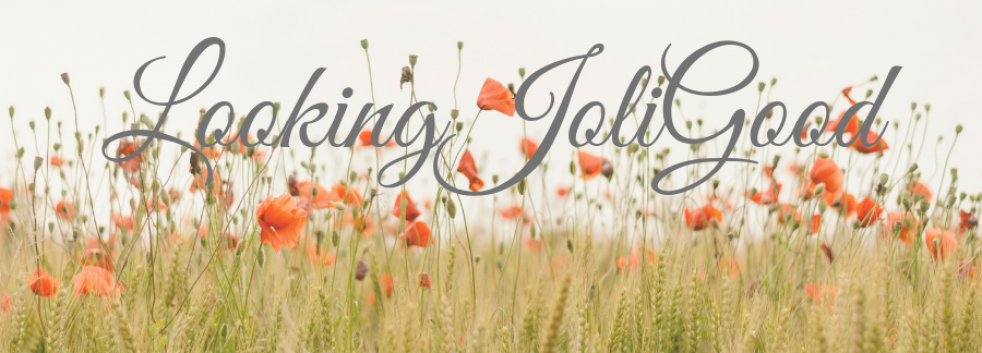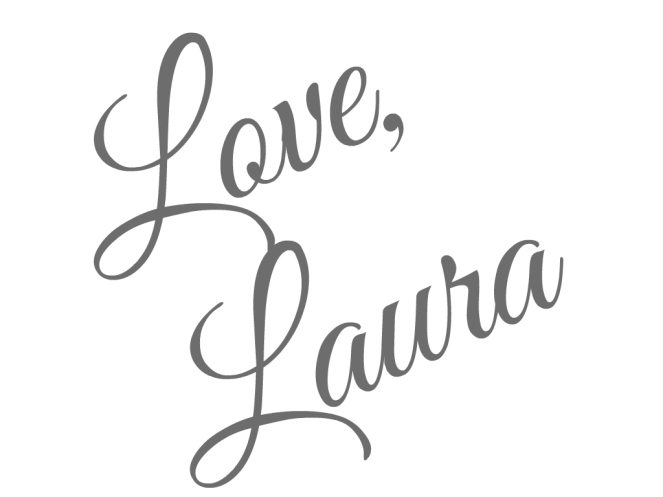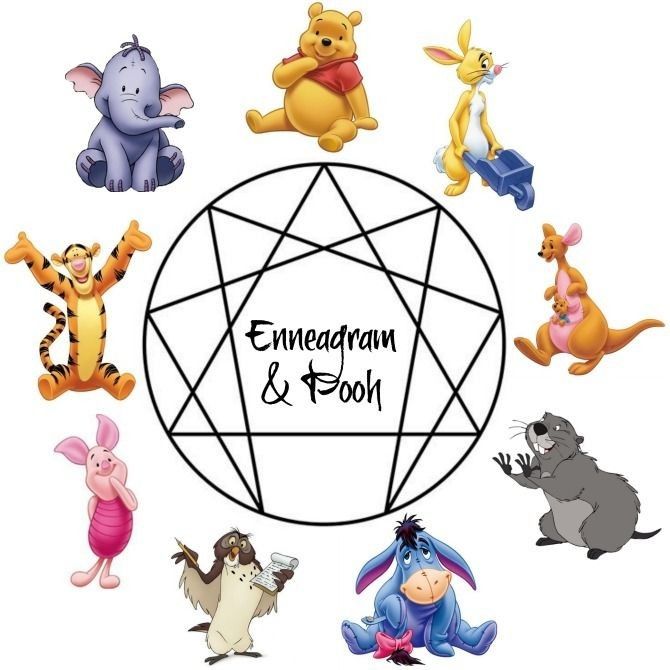No, Seriously, You Actually Can Trust Yourself and You Are NOT Desperately Wicked For Doing So
“The heart is deceitful above all things, and desperately wicked: who can know it?” — Jeremiah 17:9 (KJV)
This verse is commonly quoted in high-control religious environments to discourage trust in one’s own feelings, thoughts, or intuition. It’s often used to justify external control or authority, implying that people must not trust themselves and must instead rely entirely on religious leaders or teachings.
For much of my life, I wanted to trust myself. I longed to believe that my instincts, my thoughts, and my judgment were worthy of trust. But growing up in a high-demand religious environment, I was constantly told otherwise. I was taught that my heart was “desperately wicked,” that my desires and feelings were unreliable, and that the only path to righteousness was through unquestioning submission to external authority. I was taught to doubt myself, to suppress my own intuition in favor of what others dictated, and to believe that my worth was defined not by my own choices but by how well I adhered to a prescribed set of rules. It wasn’t just that I couldn’t trust myself; I was made to believe that to do so was wrong.
Slowly, quietly, and often painfully, I began to unlearn that lie. And in its place, a simple but radical truth emerged: I can trust myself.
Learning to trust myself didn’t happen overnight. It came with listening to the gut feelings I chose to honor, boundaries I dared to set, emotions I allowed myself to feel without shame. At first, it felt like betrayal. I had been conditioned to believe that to trust myself was to rebel against God, authority, or tradition. But I began to see that trusting myself was not an act of defiance, it was an act of integrity.
To trust myself is to believe that I am capable of making good decisions, even if they don’t look like what others expect. It’s believing that I know when something isn’t right, even if I can’t explain it in a way that satisfies everyone. It’s allowing myself to change, to grow, to evolve, even when others prefer the version of me that was easier to control.

Trusting myself means recognizing that my intuition is not a liability, it’s a compass. That my needs are not inconveniences, they’re signals. That my story matters, not just the polished version, but the messy, honest, human one.
I no longer outsource my truth to people who think they know me better than I know myself. I am not perfect, and I will make mistakes, but that doesn’t mean I’m untrustworthy. It means I’m human. And the more I’ve learned to listen to my own voice, the more I’ve discovered that it was never trying to lead me astray, it was trying to lead me home.
When a pastor or spiritual leader consistently uses your “heart is deceitful and desperately wicked” as a tool to discourage self-trust, question your instincts, or dismiss your emotions, that’s spiritual manipulation, not biblical teaching in good faith.
If every thought, emotion, or gut feeling is immediately suspect, then there’s no room for spiritual maturity or emotional intelligence to develop. Healthy spiritual leaders encourage you to grow in discernment and critical thinking, not silence your voice in the name of obedience. Even Scripture affirms the need to “test the spirits” (1 John 4:1) and that wisdom is available to those who ask (James 1:5). If a pastor discourages testing his spirit, if questioning him is equated with rebellion, that’s a red flag.
A spiritual leader who uses this verse repeatedly to shut down questions or enforce conformity is saying, “You can’t trust yourself, only me.” That’s not biblical authority, that’s authoritarianism.
Believing that your inner voice is inherently wicked can severely damage your relationship with both yourself and God. You may begin to mistrust your own experiences, dismiss legitimate concerns, and remain in harmful situations because you’ve been taught to confuse control with care. Over time, this mindset erodes your ability to distinguish between the voice of God and the voice of whoever claims to speak on His behalf, leaving you spiritually disoriented and emotionally disconnected.
When we are taught to distrust our own hearts, we are not being protected, we are being controlled. True spiritual growth does not come from silencing ourselves in fear, but from learning to discern wisely and walk in truth. A healthy relationship with God invites self-awareness, honesty, and the courage to listen inwardly with grace, not suspicion. Reclaiming trust in ourselves is not rebellion, it’s restoration. It’s the beginning of a faith that is lived, not imposed.
“The heart is deceitful above all things, and desperately wicked: who can know it?”
— Jeremiah 17:9 (KJV)
This verse is frequently quoted in isolation. But when we look at the historical and literary context, we gain a clearer understanding of what it’s actually addressing. A healthier interpretation might say, “You can learn to trust yourself while also practicing discernment.”
If you are interested in learning more about what I have discovered about the historical and literary context you can check out this post from September 2023 by clicking HERE or below
Disclaimer: The personal experiences shared in this post are based on my personal perspective. While I chose to leave the IFB to find a more gracious and loving community, it is important to acknowledge that individuals may have different experiences and find happiness within the IFB or any other religious institution. The decision to leave the IFB does not imply a loss of faith, as faith is a deeply personal and subjective matter. It is essential to respect and recognize the diversity of experiences and perspectives within religious communities. The content shared is for informational purposes only and should not be construed as professional advice, guidance, or a universal representation of the IFB or any religious organization. It is recommended to seek guidance, conduct research, and consider multiple perspectives when making personal decisions or exploring matters of faith.








































